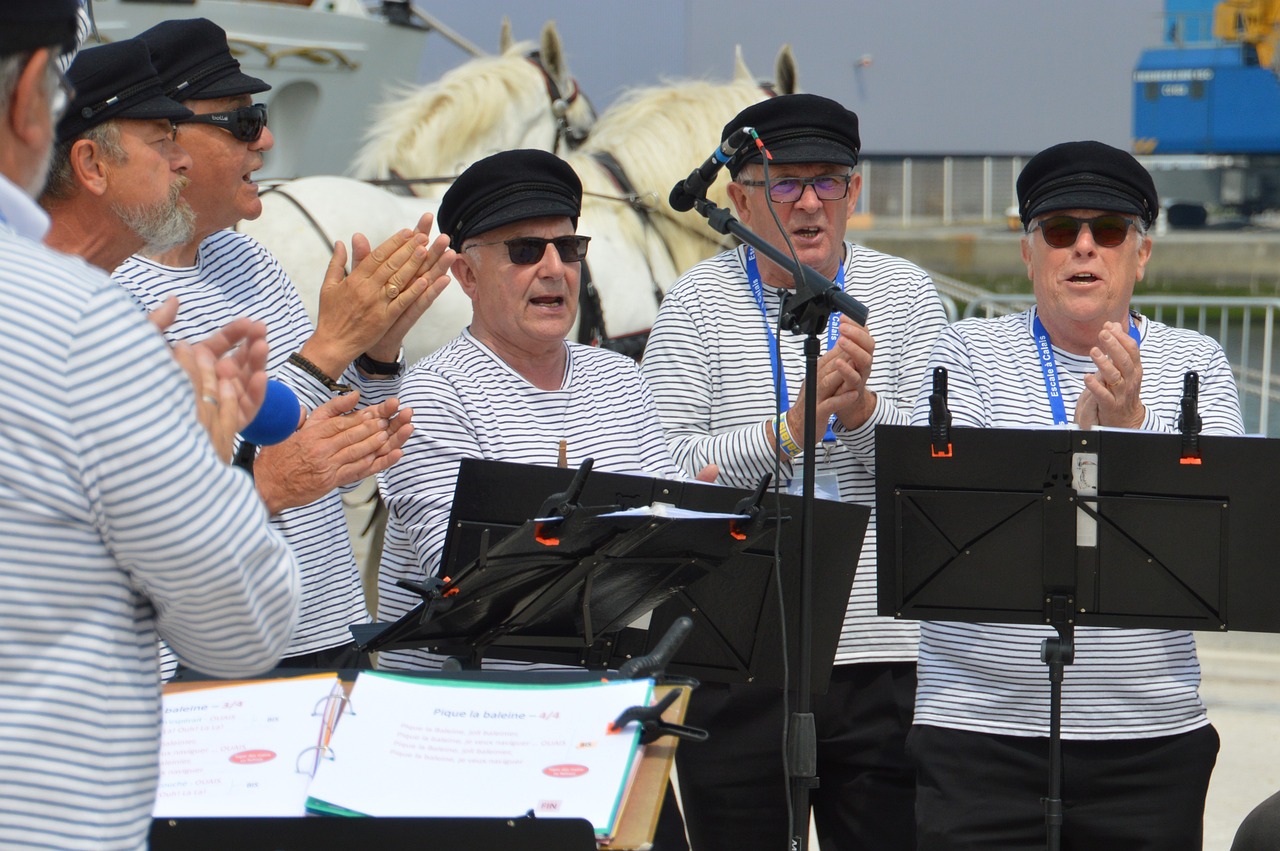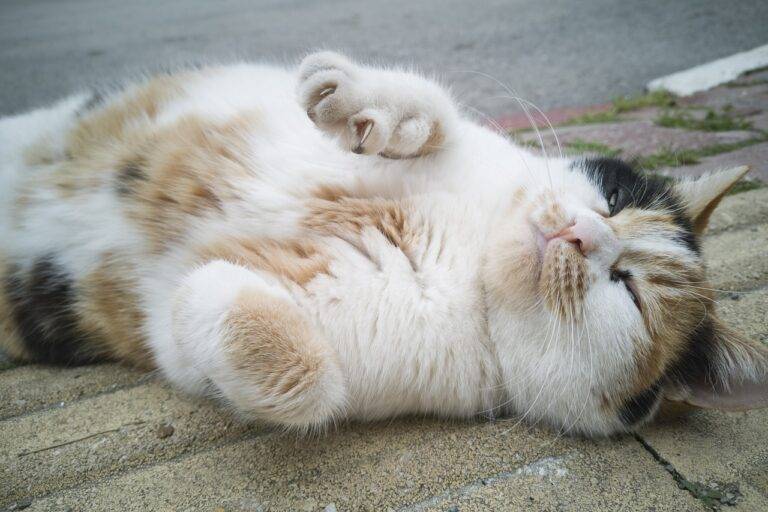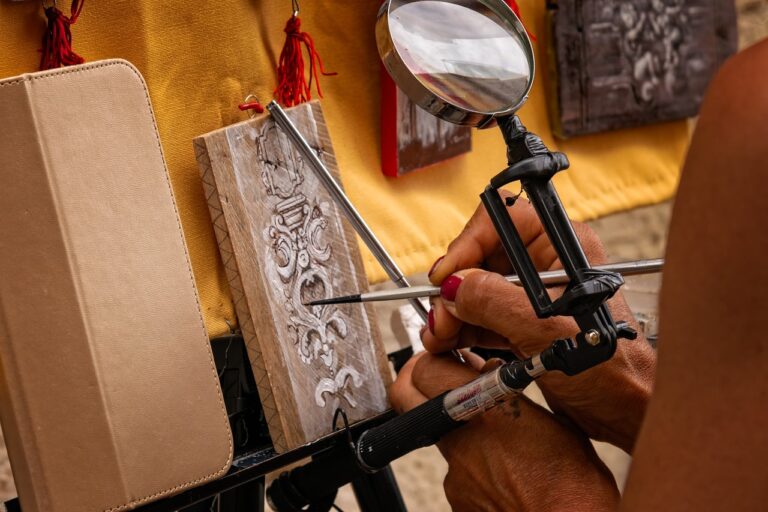Exploring the World of Street Art and Graffiti: Urban Creativity in Entertainment
Street art and graffiti have roots dating back to ancient civilizations, where people used walls and public spaces as a medium for expression. In the modern context, street art emerged in the 1960s and 1970s in the United States, particularly in cities like New York and Philadelphia. Artists began using the streets as their canvas, challenging traditional art forms and reaching a broader audience.
The graffiti movement soon followed, characterized by the use of stylized lettering and tags to leave a mark in urban landscapes. Graffiti artists, or writers, developed their own unique styles and techniques, often incorporating social and political messages into their work. Despite facing criticism and legal repercussions, street art and graffiti continued to evolve, becoming a significant cultural phenomenon influencing art, fashion, and design worldwide.
Different Styles and Techniques in Street Art
Different styles and techniques in street art encompass a wide range of creative approaches adopted by artists around the world. From stencil art to mural painting, each artist brings their unique vision and skill set to the streets. Some artists prefer to work freehand, allowing their creativity to flow spontaneously, while others meticulously plan every detail before executing their pieces.
Stencil art, popularized by artists like Banksy, involves creating intricate designs by cutting out shapes on a stencil and then applying spray paint to create detailed images on various surfaces such as walls or sidewalks. On the other hand, mural painting involves using large-scale works to convey messages or portray vibrant scenes that can transform urban landscapes. These different styles and techniques not only showcase the diverse talents of street artists but also contribute to the rich tapestry of urban art culture.
• Stencil art, popularized by artists like Banksy, involves creating intricate designs by cutting out shapes on a stencil and then applying spray paint to create detailed images on various surfaces such as walls or sidewalks.
• Mural painting involves using large-scale works to convey messages or portray vibrant scenes that can transform urban landscapes.
• Some artists prefer to work freehand, allowing their creativity to flow spontaneously, while others meticulously plan every detail before executing their pieces.
These different styles and techniques not only showcase the diverse talents of street artists but also contribute to the rich tapestry of urban art culture.
Impact of Street Art on Urban Culture
Street art has undeniably left a lasting imprint on urban culture worldwide. From the bustling streets of New York City to the hidden alleyways of Berlin, vibrant murals and thought-provoking graffiti have become integral components of the urban landscape. These artistic expressions have the power to transform once nondescript walls into captivating masterpieces, injecting a sense of creativity and dynamism into the heart of cities.
Moreover, street art serves as a platform for marginalized voices and oft-overlooked perspectives to be heard. It challenges societal norms, provokes dialogue on pressing issues, and provides a canvas for artists to convey powerful messages. By blurring the lines between public and private spaces, street art engenders a sense of community and shared experience among city residents. It acts as a visual storyteller, narrating tales of resistance, resilience, and resilience in the face of adversity.
What is the history of street art and graffiti?
Street art and graffiti have a long history dating back to ancient civilizations, but the modern street art movement began in the 1960s and 1970s in cities like New York City.
What are some different styles and techniques used in street art?
Some popular styles and techniques in street art include stenciling, wheatpasting, mural painting, and 3D street art.
How has street art impacted urban culture?
Street art has had a significant impact on urban culture by beautifying public spaces, sparking conversations, and challenging social norms. It has also become a form of expression for marginalized communities and a way to reclaim public spaces.







